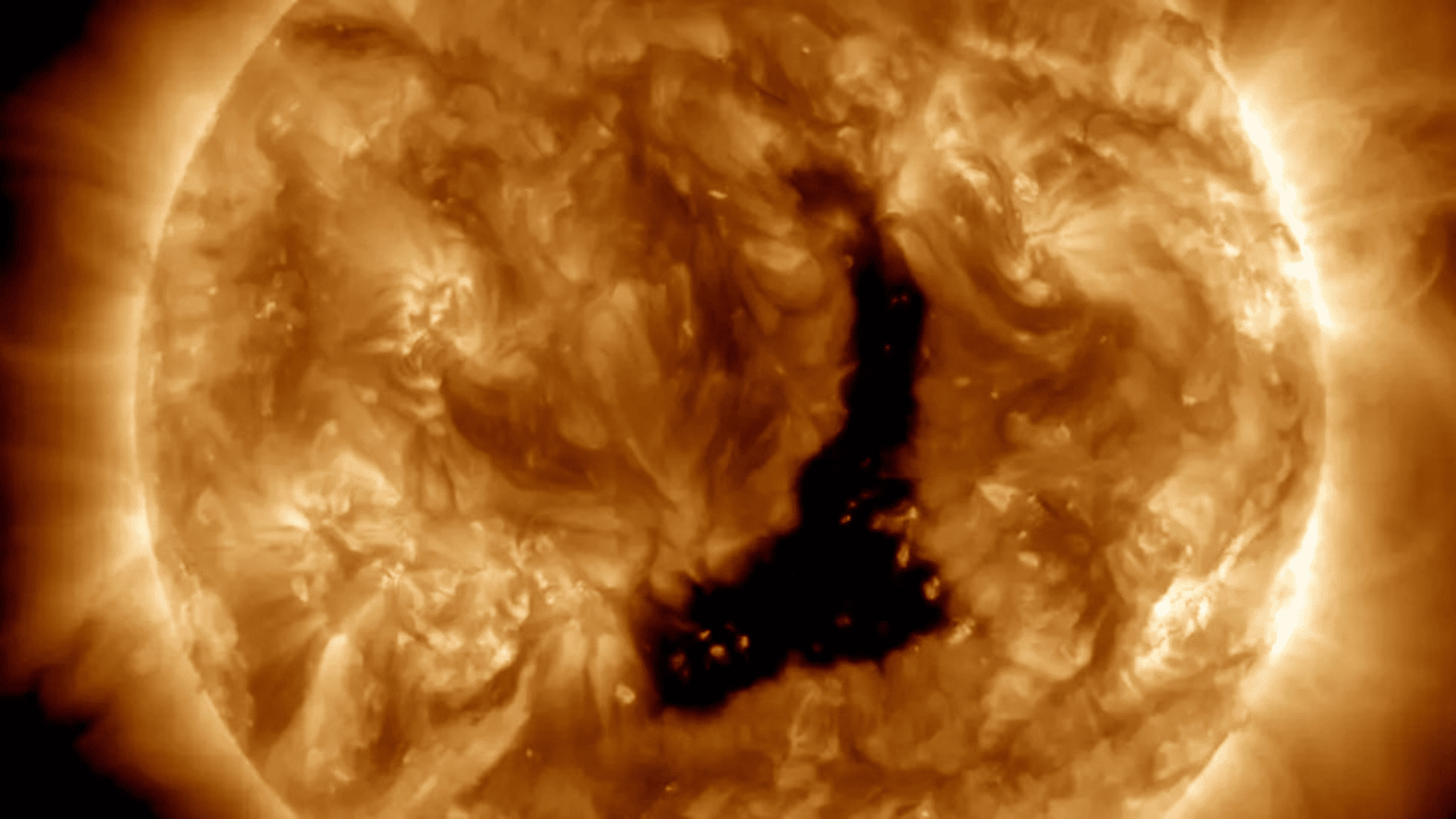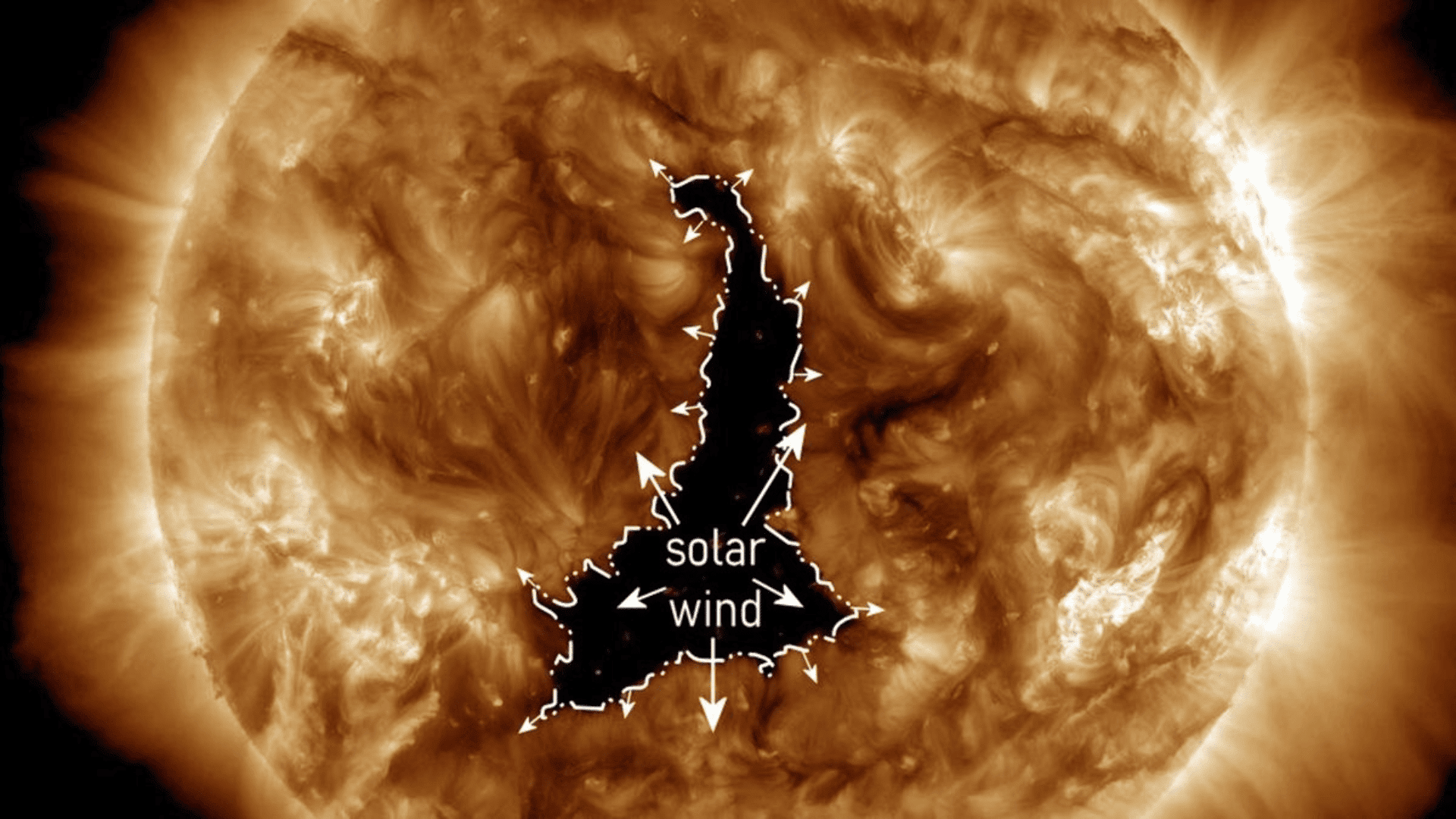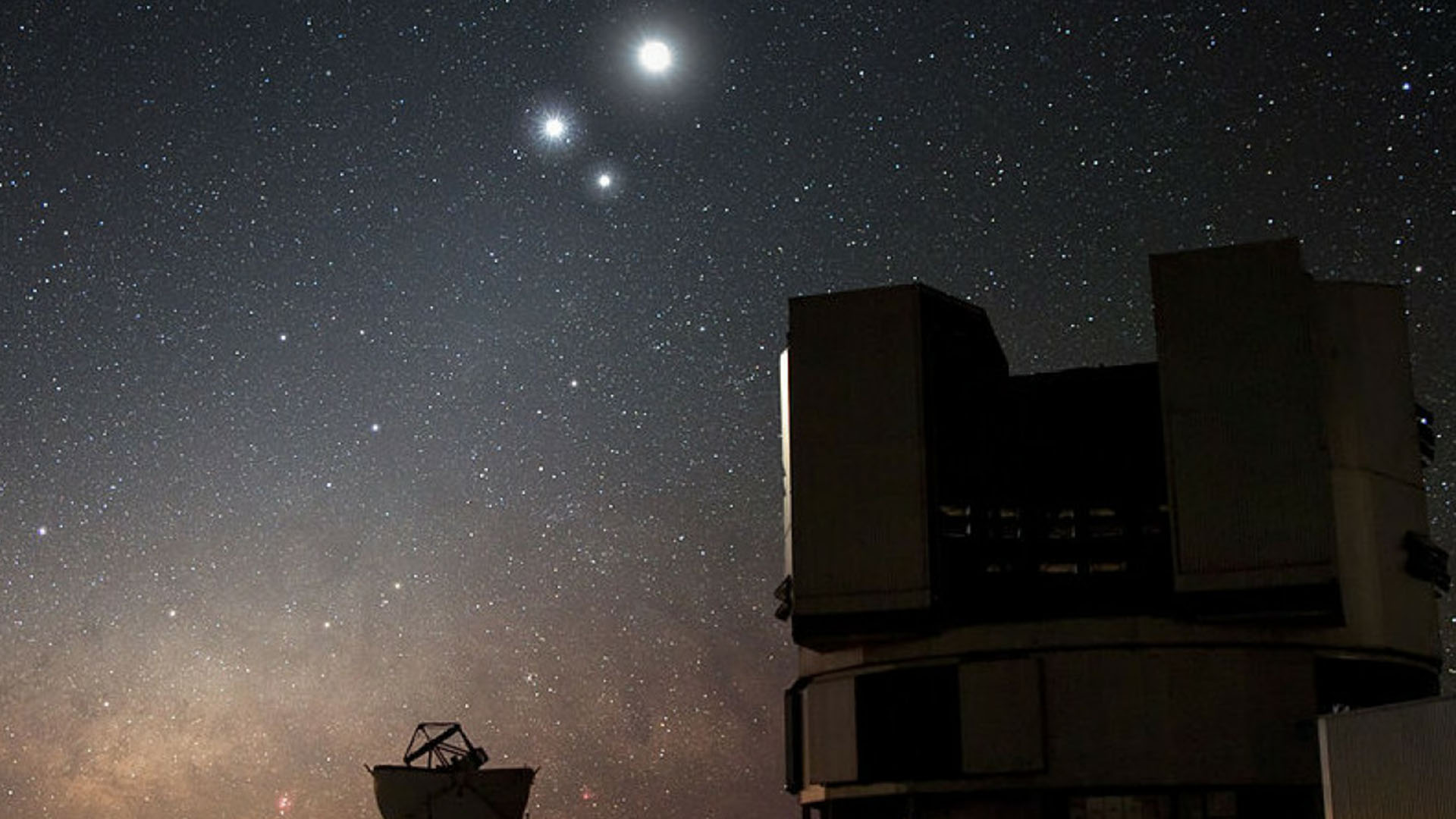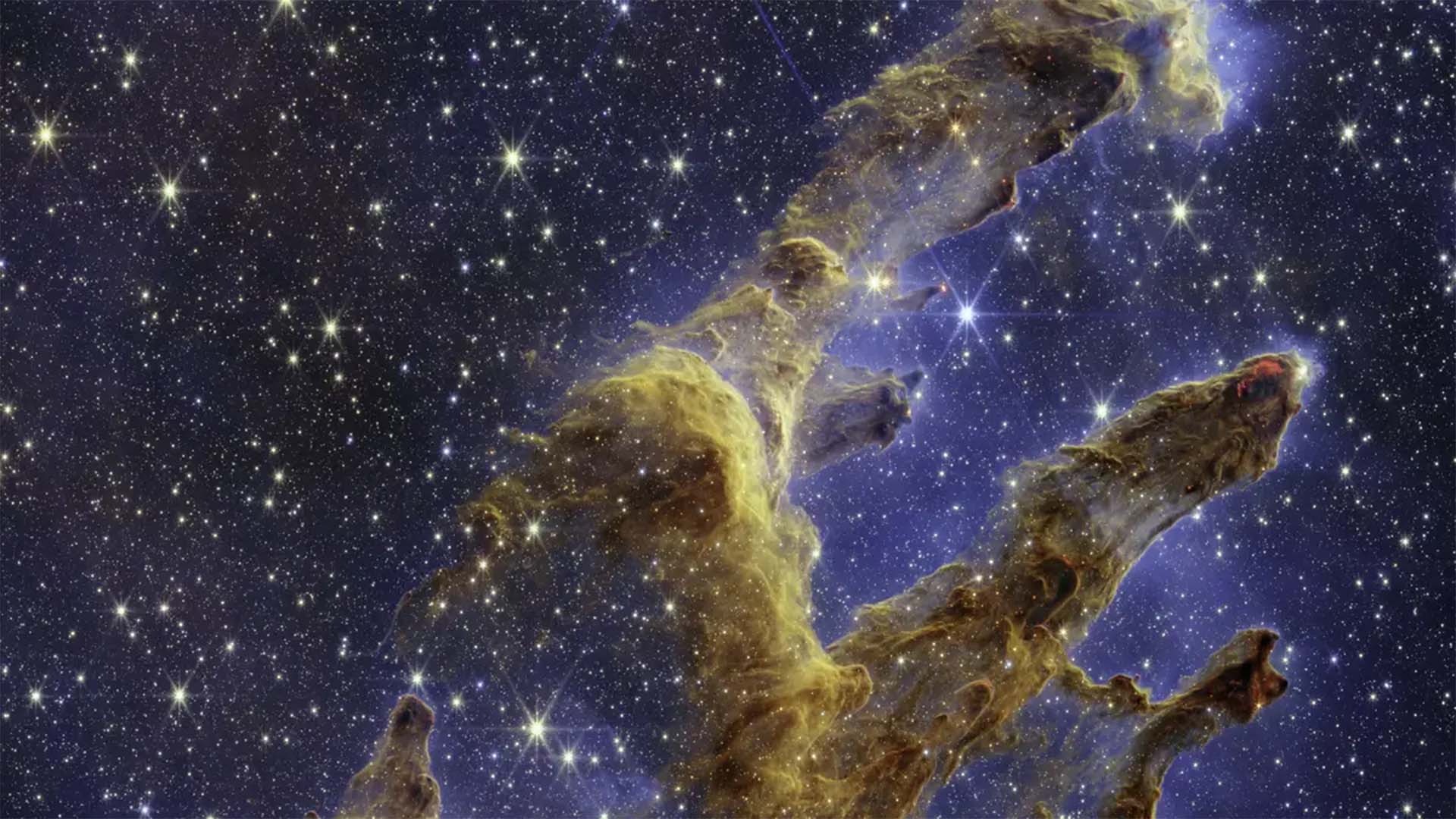A giant hole more than five times larger than the diameter of Jupiter appeared in the atmosphere in the sun and unleashed a powerful solar wind throughout our Solar System.

It’s called a coronal hole and, though it’s currently rotating away from Earth, it was pointed at us directing a stream of particles in Earth’s direction. This resulted in a mild solar storm, but the hole contributes to a series of solar patterns as we enter solar maximum.
Our star fluctuates through activity cycles, getting more active with solar flares, sunspots, coral mass ejections, and coronal holes. The activity escalates to a peak called solar maximum before subsiding again toward solar minimum, a calm period of minimal activity.
Sunspots are temporary spots on the Sun where magnetic fields get stronger, resulting in dark freckles on the Sun’s face. Solar flares and coronal mass ejections are eruptions that are caused by a giant release of energy occurring due to magnetic fields snapping and reconnecting.
A coronal hole is a large region where the solar magnetic field opens up. Unlike sunspots, they can’t be seen in optical light. When viewed in ultraviolet wavelengths, however, we can see huge, dark patches that are dimmer and cooler than their surroundings.
Since the magnetic field is open, the wind that consistently blows from the Sun can escape more readily. This results in a more powerful gusting of solar particles and plasma out into the Solar System.

The current hole measures 500,000 miles along its axis. To put that into perspective, Jupiter’s diameter is approximately 87,000 miles and Earth’s is 7,917 miles. The result of the hole, as per the NOAA, was at most a G1- to G2-level solar storm.
Particles from the solar wind hit Earth’s magnetosphere and got diverted along magnetic fields to the poles, where they were deposited into the upper atmosphere. There, they interacted with our atmospheric particles to create an auroral glow.
The increased currents in the Earth’s atmosphere and magnetosphere can interfere with power grids, radio communications, satellite operations, and navigation systems. With G1- and G2-level storms, however, the effects are typically very minimal.
The cycle coincides with the Sun’s magnetic cycles when the solar magnetic field reverses polarity and its north and south poles switch places. Solar maximum is predicted to take place sometime in 2024.
The current solar cycle has proven to be stronger than initially predicted and it’s going to continue in that vein until it reaches solar maximum in 2024. This year we’ve seen increased auroral activity due to the solar eruptions and at much lower latitudes than the lightshows typically reach.
The NOAA has predicted that the maximum sunspot number for the current cycle will be 173. That’s below the average maximum of 179, and significantly below the highest on record, which was the 19th solar cycle with a maximum of 285 sunspots in March 1958.







